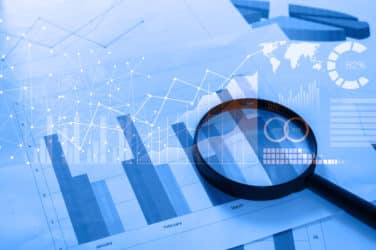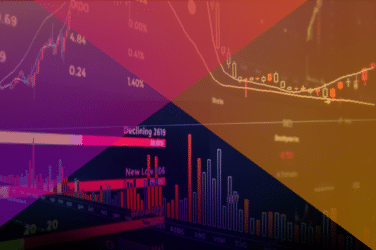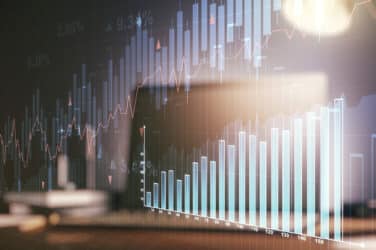Market analytics provider OTAS Technologies is rolling out an extension to its natural-language Lingo reporting platform that aims to bridge the gap between trade execution and post-trade transaction cost analysis using a new programming language.
The vendor spent 18 months developing the offering, dubbed Intraday Lingo, using the Haskell programming language, which OTAS also uses in its Lingo platform.
“It had particular qualities that made it the right tool for the job, and we probably wouldn’t have made the progress that we did with any other platform,” said Tom Doris, CEO of OTAS. “Haskell has been an academic programming language with particular properties that only recently have been gaining adoption in the industry. It fits well into this problem space of advanced artificial intelligence reasoning at a high level.”
The new offering takes data generated by OTAS’ market microstructure and analytics platform and translates it into a plain English report for the user.

Tom Doris,
OTAS Technologies
“The microstructure analytics provide a visualization that human traders can use to understand the dynamics affecting their order in the market at any given time,” Doris told Markets Media. “With Intraday Lingo, all the things that were here to for privy to high-frequency traders, such as book pressure, liquidity pressure, dark volume dynamics, comparison with normal levels of liquidity, spread, volume and price actions, are available to Intraday Lingo users.”
OTAS officials decided to leverage the natural-language capabilities of its Lingo platform when they noted traders taking screenshots of their microstructure screens and emailing the annotated graphics to themselves to prepare for future TCA discussions on why the particular execution behaved the way it did.
The extension also provides traders with real-time alerts in plain English when unusual events affect the user’s executions, according to Doris.
These could be changes in volume, spread, liquidity, price action, buying or selling pressure as well as if there are indications that someone with more information has entered the market or the market makers are stepping away, he said. “We will make traders aware of things in seconds that would take several minutes to half an hour in typical trading scenarios. This allows them to protect themselves or take advantage of an opportunity.”





